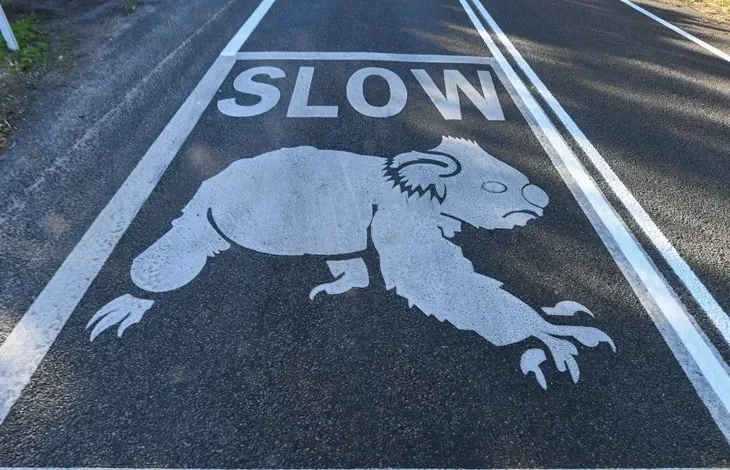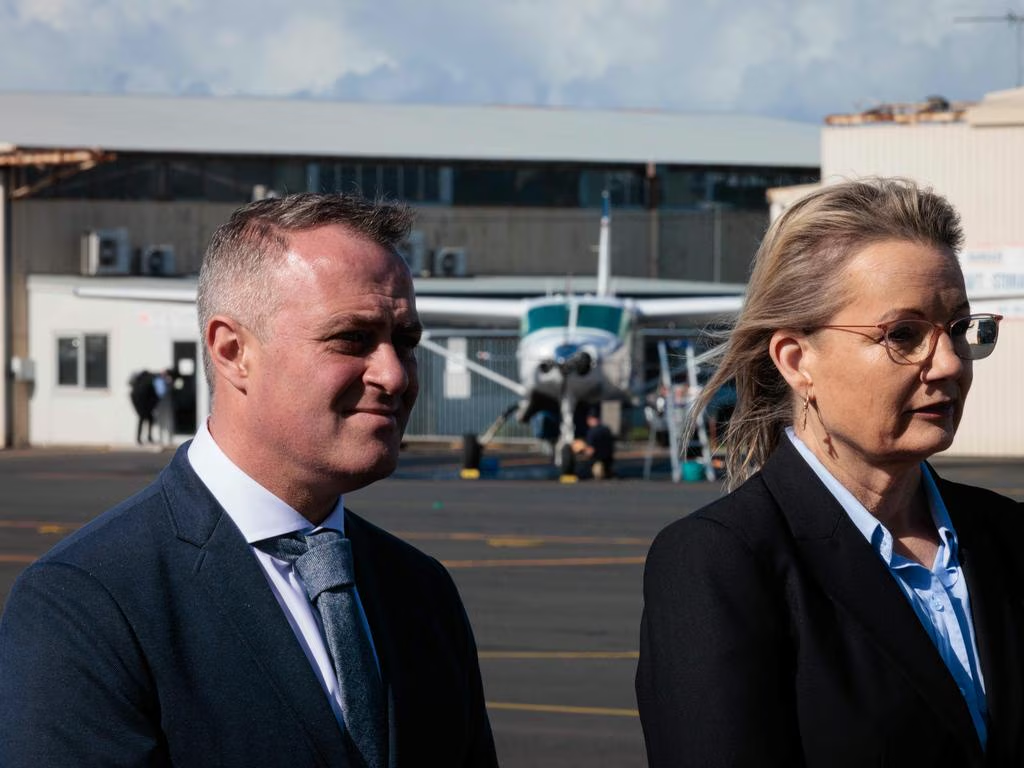NSW Nanny State makes regional roads more dangerous

I challenge John Graham, NSW Minister for Transport, and Jenny Aitchison, the NSW Minister for Roads and Minister for Regional Transport, to ride on a LAMS-approved motorcycle on the Hume Highway between Goulburn and Yass. I challenge them to maintain the required speed limit of 90km/h for motorcyclists on the learner and P1 licences. I challenge them to tell me how safe they feel as they are overtaken by a B-double semi-trailer in full swing.
My point is that slower speeds are not necessarily safer.
Not only is NSW subjecting novice motorcyclists to demanding conditions in the name of safety, but these same ministers are now considering reducing speed limits on rural and regional NSW roads to 70 to 90km/h down from 100km/h.
This is not just hypothetical. The trip from Gundaroo to the Federal Highway near Sutton, some 30km, has been reduced from 100km/h to 80km/h. The reasons cited make no sense, but the Highway Patrol have been extremely active along this stretch. I now avoid it completely.
The stretch of road is such a ridiculous microcosm of all that is wrong with NSW roads in that they have a rumble strip in the middle, but there is not enough room on the left-hand side of the road to avoid the rumble strip because of the ruined edges and all the potholes.
Talk about wasting taxpayers’ money. It’s like giving snake bandages to people in a snake pit.
But now drivers have to navigate the potholes and the rumble strip while falling asleep on long stretches of road limited to 80km/h. Meanwhile, speed cameras and Highway Patrol cars are having a revenue-raising field day.
The people making the rules have no idea.
These rule makers need to experience regional NSW roads and the ridiculous ideas that have manifested as transport policy and then tell us how safe they think their ideas are.
If these policymakers are relying on university researchers and statisticians for their ‘evidence’, these same people must be made to endure the consequences of their naive actions before they are allowed to introduce policy for motorists.
As the consultation on rural and regional roads in NSW stands, this is a case of the nanny-state gone mad with power while having absolutely no idea.
The current federal proposal, which NSW is poised to adopt through amendments to the Australian Road Rules, seeks to slash default speed limits on unsigned rural roads from 100km/h to as low as 70km/h or 80km/h. Framed as a road safety initiative under the National Road Safety Strategy, it’s backed by modelling that promises fewer fatalities and injuries.
The rationale hinges on Nilsson’s power law and international studies showing that lower speeds reduce crash severity. Fine in theory, but in the vast expanses of regional NSW, where roads stretch endlessly through farmland and bush, this ignores the human factor. Slower speeds breed monotony, leading to driver inattention, phone fiddling, or outright drowsiness. All of these are far more dangerous than pretending you’re ‘Driving Miss Daisy’ on a straight, empty highway.
Take the Hume Highway or the Newell with its arteries vital to freight and tourism. Dropping limits to 80km/h would add hours to journeys, inflating fuel costs and eroding productivity. Regional economies, already battered by drought and post-pandemic recovery, rely on efficient transport. Farmers hauling produce to market, truckies delivering essentials, and families visiting relatives would all suffer.
The Regulatory Impact Analysis admits travel time costs could run into billions nationally, yet dismisses them as a necessary evil for ‘net societal benefits’. Whose society? Not the one in Dubbo or Tamworth, where alternatives like public transport are laughable. Equity concerns for remote communities are glossed over, as if Sydney bureaucrats understand the tyranny of distance.
Worse, this consultation, extended grudgingly after backlash from groups like the Nationals, feels like a box-ticking exercise.
The policy is not about safety. It is about reduced emissions and fuel use.
But at what price? Improved road infrastructure, like sealing more unsealed roads or fixing those infernal potholes, would yield real safety gains without punishing drivers. In NSW, where 64 per cent of fatalities involve drivers and motorcyclists, why not target impaired driving or vehicle maintenance instead?
Evidence from South Australia’s past reductions is trotted out, but regional contexts differ. Here, unsigned roads are often well-maintained gravel tracks used by locals who know them intimately. Imposing blanket cuts assumes all roads are death traps, ignoring data showing most crashes stem from fatigue or inexperience, not speed alone.
As an academic who’s studied public policy for years, I see this as classic top-down folly. Statisticians in air-conditioned offices crunch numbers, but they’ve never white-knuckled a motorcycle past a swaying semi at 90km/h, nor swerved around a kangaroo at dusk on a rutted backroad. Ministers Graham and Aitchison, insulated in chauffeured cars, should swap seats with a Gundagai truck driver for a week.
The proposal’s benefit-cost ratios look rosy on paper (up to 2.2 for an 80km/h drop) but factor in intangible costs like frustration-induced risky overtaking, and it crumbles.
NSW deserves better than this paternalistic overreach. NSW residents must respond to the consultation and reject the reductions. We need to demand more investment in roads that match our needs.
Let drivers maintain reasonable speeds on safe stretches, and enforce against true recklessness. I notice the Highway Patrol on Gundaroo Road during the day, but nothing seems to be done about the mounting pile of rubber left by burn-out enthusiasts overnight. Talk about misplaced priorities for road safety.
Anything less is stupidity masquerading as safety. All it will do is condemn regional folk to longer, duller drives while the NSW Nanny State collects more revenue from innocuous speeding fines while patting itself on the back.
Dr Michael de Percy @FlaneurPolitiq is the Spectator Australia’s Canberra Press Gallery Correspondent. If you would like to support his writing, or read more of Michael, please visit his website.





